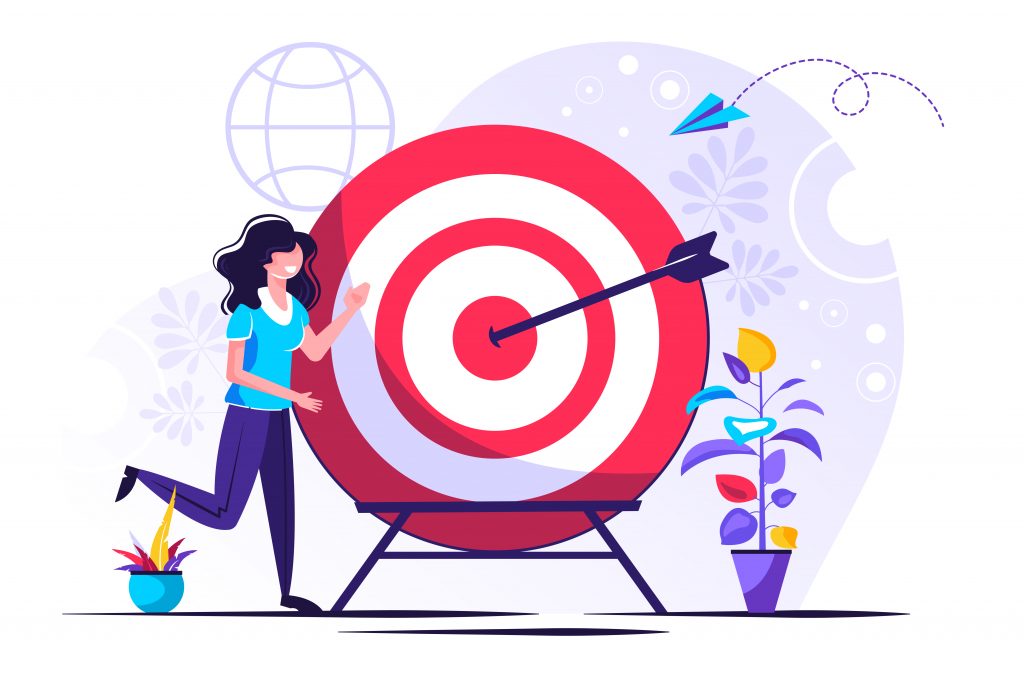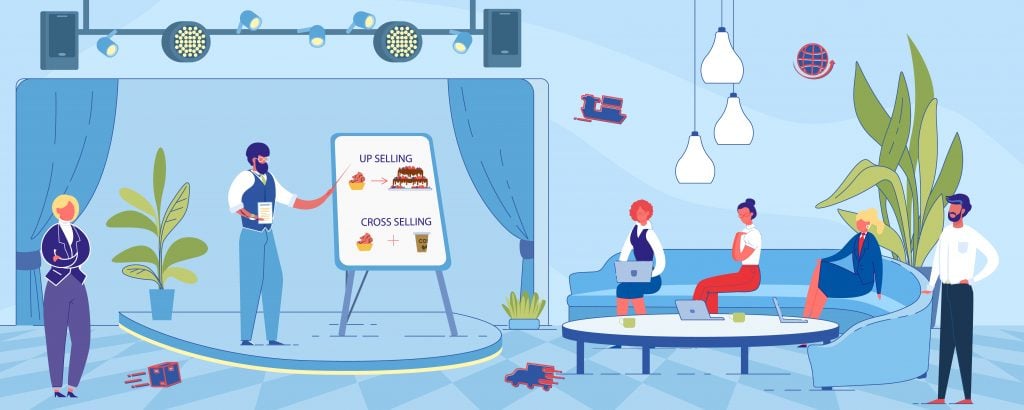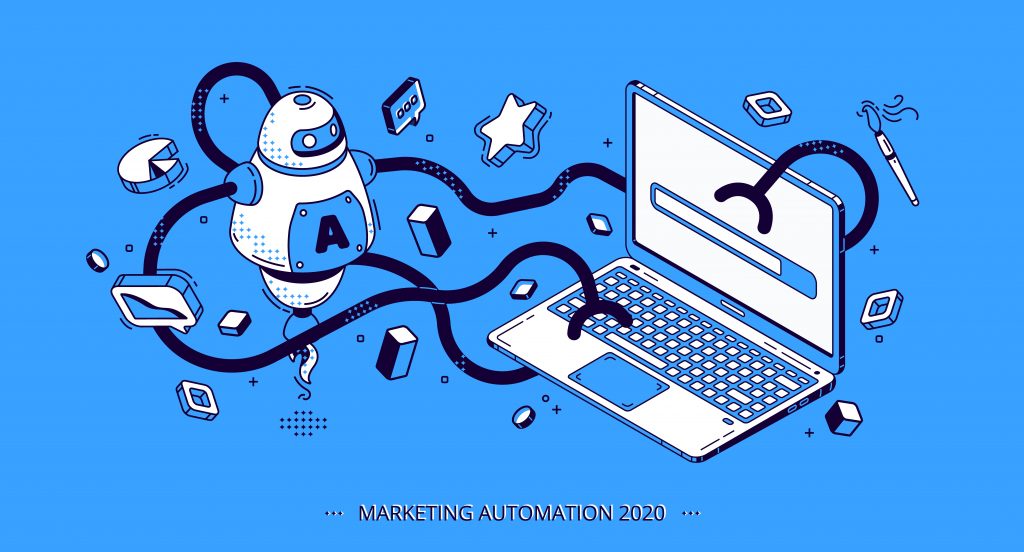So you think it's a great idea to start a new e-commerce business. Or maybe you've already set it up and are wondering what you should do now to make it successful. No matter your situation, there are things you can do to make sure your e-commerce store doesn't disappear under a sea of websites and disappear unnoticed.
Starting a business, whether it's a traditional business or an online e-commerce business, can be difficult. According to data from the Bureau of Labor Statistics, about 20% of small businesses go bankrupt in their first year, and about 50% go out of business by their fifth year. These aren't unique to e-commerce businesses, but they illustrate that you can't just set up an online store and expect customers to click (or tap) to your site. You need to actively find potential customers and help them buy from your store and keep coming back.
We've looked at eight actions you can take to grow your e-commerce business, especially in its early stages. However, many of these remain relevant throughout the life of the site, and even large sites like Amazon engage with them regularly.
How to grow your e-commerce business:
1. Identify your target audience


Source: freepik.com
One mistake many online beginners make is trying to be one-size-fits-all. That may be fine for a giant company like Amazon, but it's not the case for most successful companies. And even Amazon didn't start like that. Initially, they only sold books, but once they achieved success, they expanded their product range.
You need to identify the target audience for your product. Specifically, you need to identify the types of people who are most likely to be interested in purchasing your product. Once you know this, think like them. What products do they most like that are easily available? Once you have established a supply (or production line) of these ideal products for your target audience, you can focus on marketing them.
People often start a business from a product perspective. They have products to sell. However, ideally you should build your business from a marketing perspective. That is, the preferred target must discover what he can sell that will attract and interest the user.
2. Promote repeat business
It's much easier to sell to already satisfied customers than it is to sell to strangers. Don't ignore people who have already decided they like your product. If you reward them with great customer service, quality products, and competitive prices, they'll keep coming back. If you're lucky, they'll let their friends know too.
Too many companies focus most of their marketing on attracting new people to their site. They forget that they already have a support base of satisfied customers ready to come back to them if they need a replacement or related new product.
Some companies offer the biggest discounts to new customers, but this can leave existing customers feeling unwanted, unappreciated, and taken for granted. This is especially true when following a subscription model, which can lead to frequent cancellations as customers change suppliers to get another “welcome” discount.
Depending on price increases, you can consider using offers such as “buy one, get one free” for existing customers on certain product lines. Another common method is to issue loyalty cards to customers and reward them with specific rewards after a certain level of usage. Antavo has created the following comprehensive guide. e-commerce loyalty program Let me explain this in more detail.
3. Offer upsells and cross-sells


Source: freepik.com
Both upsells and cross-sells aim to provide additional value through a sale. It also has the added benefit of building relationships with customers and encouraging repeat business over time.
Upselling involves encouraging a customer to purchase a high-end product that is equivalent to the product they were originally considering. Cross-selling occurs when you encourage customers to purchase related or complementary products.
For example, let's say you've created an e-book to sell via your e-commerce store. When a customer buys the e-book, you can automate a pop-up that offers to purchase a more expensive “elite” version of the e-book with additional sections. This is an example of an upsell. You end up selling an upgraded, more profitable item instead of the more basic version that the user was trying to buy.
Upselling is often done by displaying a feature chart of a product to show how much more expensive the product provides a higher value than the cheaper product the customer originally planned to purchase. Typically, customers will walk away happier because they perceive this additional value, even though they had to pay more.
Cross-selling involves identifying complementary products that provide satisfaction not met by the original product. These are often products that your customers might purchase at some point in the future. Online retailers often include cross-selling on their checkout pages. For example, Amazon regularly does this when suggesting other products that may be of interest to users.
Both of these practices can generate repeat purchases and also emphasize the depth of your product catalog.
4. Providing excellent customer service
Another way to encourage repeat business is to provide the best customer service possible. Keep in mind that the sales process continues even after the sale is closed. Unlike brick-and-mortar stores, customers typically cannot touch or experience the product before purchasing, so you need to reduce customer anxiety by making the purchase as trouble-free as possible. You also want them to feel confident buying from you, knowing that you will help them if they have any problems with their purchase.
Another important characteristic of e-commerce is that people rely on product reviews to make purchasing decisions.according to Obero, nearly 9 out of 10 consumers read reviews before making a purchase, and 56% of consumers read at least 4 reviews before purchasing a product. Also, almost half of all Internet users say that their boyfriend posts an online review at least once a month. Therefore, if you want to get glowing reviews from your customers, you need to provide excellent customer service.
Poor customer reviews not only reduce the likelihood that someone will be satisfied and come back as a repeat customer. It also deters other potential buyers from trying your product. Instead, they move to other sites that have better reviews and can feel confident spending their money there.
5. Marketing to all stages of the buying process


Source: freepik.com
A common mistake for e-commerce newbies is thinking that just by advertising, people will flock to buy your product. In reality, customers go through different stages of the buying process, so you need to target your marketing to each stage. They go through the purchase funnel before spending their hard-earned money. There are many variations of purchase funnels, but the typical ones (from top to bottom) are:
-
- Need Recognition – Potential customers realize they have a need
- Information Search – Start looking for information that will help you solve your problem.
- Evaluating options – potential customers reflect on what they discovered
- Purchase decision – customer is ready to make a purchase decision
- Post-purchase evaluation – After a customer makes a purchase, they evaluate whether it was the right decision.
For e-commerce companies, there is a temptation to go straight to step four of marketing. But if you do that, you might miss out on all the people who are early in the process – people who aren't ready to buy yet. And when they're ready to buy, they'll ignore you in favor of the companies you shortlisted.
Also, the process is not linear. Customers perform processes at their own speed, often in a different order. Ideally, your marketing should include all five stages.
6. Remember that most e-commerce businesses can operate globally
For brick-and-mortar stores, the customer base is limited to the immediate area around the store. The only way to expand your customer base (besides setting up an e-commerce extension) is to add branches at great expense. However, most e-commerce businesses operate with a global audience.
If your product is somehow relevant to users around the world, you should consider adding international shipping details to your site. Of course, if your product is digital, it's just as expensive to ship it to the other side of the world as it is to ship it to your local area.
7. Use marketing automation to offer special discounts


Source: freepik.com
This is a variation on the use of upsells and cross-sells. You can set up a series of emails (and even SMS with the right software) after purchase. You can set up a series of nurturing emails (or messages) to educate your customers and provide after-sales service. These emails may also include offers for special discounts on products related to that customer.
This is especially useful if you sell products for events or activities that follow an obvious sequence of events, such as selling products related to weddings or births. As a wedding approaches or a different milestone in your customer's baby's life, you can send targeted messages, such as offering discounts on products that are appropriate for that time.
Another use of marketing automation is recognizing customer events such as birthdays, anniversaries, and even seasonal events like Christmas. You can set up a series of personalized messages to remember your special day. These could offer the customer a $1 discount on his next purchase. For example, on each customer's birthday he sends a $10 discount coupon code.
8. Consider content and influencer marketing
Two valuable forms of online marketing are content marketing and influencer marketing. Both require you to create valuable content that will interest your potential customers. The main difference is that with content marketing you tend to create and distribute content yourself, whereas with influencer marketing you pay influencers with huge audiences to do the work for you. is. As we have seen, all e-commerce businesses benefit from positive reviews. The impact is even greater if influencers review them.
FAQ
What is the most profitable e-commerce business?
These are the 5 most profitable e-commerce business ideas.
- beauty and health products
- smart home and electronics
- E-book
- content writing
- games for kids
How can I promote my e-commerce business?
5 effective marketing ideas to promote your e-commerce business:
- invest in SEO
- Use influencer marketing campaigns
- sell on marketplace
- Use PPC campaigns
- Create a strategy for each social platform
How can I increase my e-commerce sales?
Here are the five most effective ways to increase your e-commerce sales.
- Use targeted pricing
- implement scarcity
- Increase sales with paid traffic
- Create an email list
- Create promotional campaigns for different social networks
What are the six success factors for e-commerce business?
There are six major success factors for e-commerce business and success.
- product price regulation
- high quality products
- Store accessibility
- Utilize M-commerce
- make a good first impression


